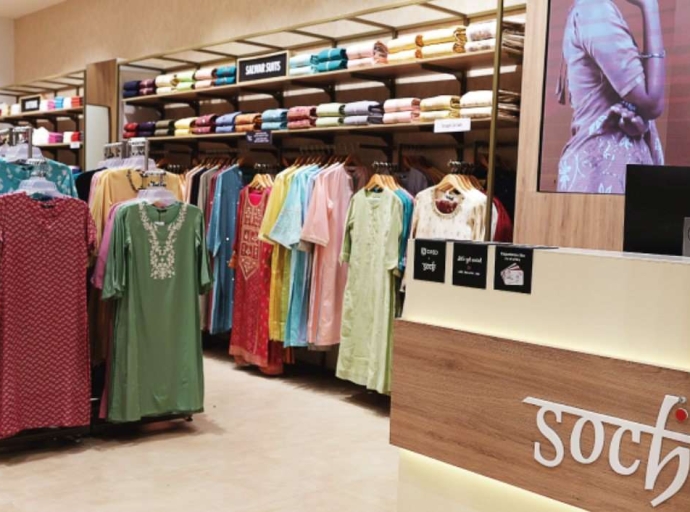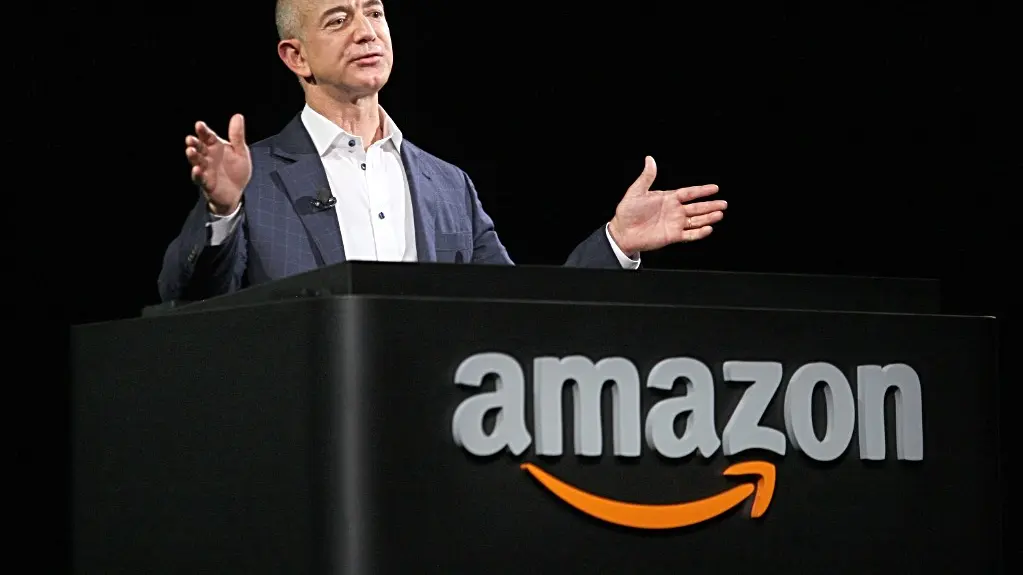04 January, 2024, Mumbai
WHY India?
Bird's-eye view
Venturing beyond the traditional battleground of metros, prominent brands are now extending their reach into smaller towns across India, unlocking novel business prospects and enjoying unprecedented profits.
Plethora of opportunities emerging
In the growth landscape, Tier II and III cities have emerged as focal points for retailers and brands, taking advantage of cost-effective setups and improved logistics. This strategic shift resonates with the soaring aspirations of middle-class in smaller cities, buoyed by increased disposable incomes.
In the wake of Covid, a notable transformation has unfolded, with over three-quarters of rural inhabitants in India owning smartphones by 2021. This technological wave has propelled the adoption of cutting-edge technology and digital connectivity, signaling a growing preference for a dynamic urban lifestyle.
Detailing
Euromonitor International’s 2021 report on the Voice of the Consumer: Lifestyles Survey reveals that over 40 percent of rural consumers in India are allocating their spending towards education, new technology, apparel, and health and wellness.
Brands that effectively make these products and services accessible nationwide are positioned for substantial success.
It is much more than what meets the eye; Noteworthy is the revelation that 85 percent of rural Indian respondents in the survey actively engage with leading global brands and retailers through social media.
Additionally, 68 percent express a commitment to making a positive impact on the environment through their daily actions.
This data underscores the pivotal role of a nationwide presence for brands aiming to thrive in the evolving market dynamics of smaller towns and rural areas.
Focus on boosting pan-India presence
Reliance Trends, within its fashion retail domain, is championing the democratization of fashion across India. The brand is strategically expanding its influence, transcending premium retail spaces in metropolitan areas to reach overlooked towns in the retail landscape.
This shift mirrors a broader trend among premium apparel and footwear brands, including Lacoste, Pepe Jeans, and ASICS, as they intensify their pan-India retail presence.
Brands such as Lacoste, Pepe Jeans, and ASICS are tailoring their retail strategies to cater to diverse geographical locations.
Examples galore
Lacoste, in particular, is undergoing a comprehensive transformation of existing stores into state-of-the-art showrooms, adopting the innovative ‘Le Club’ concept showcased globally.
With 48 points of sale, including 44 standalone stores, Lacoste aims to double its store count across India over the next four years.
ASICS, a Japanese premium footwear brand, is planning to surpass its current 100-store presence in India, doubling the count to 200 stores by 2026.
Notably, their focus extends beyond metropolitan areas, targeting the burgeoning markets of smaller Tier cities.
Nuanced picture
Pepe Jeans, with approximately 200 exclusive brand outlets (EBOs) in 110 cities and an extensive network of multi-brand outlets (MBOs), is poised for further expansion. The brand has set a goal to add another 100 stores within the next three years, emphasizing its commitment to broader market accessibility.
In short, this industry-wide shift signifies a concerted effort to bridge the gap between premium brands and consumers in smaller towns, acknowledging the untapped potential and burgeoning aspirations in these diverse markets.
Low rentals, investments and operating cost lure retailers
Lifestyle, a popular fashion retail venture from UAE-based Landmark Group, is strategically gearing up for an extensive expansion in the Indian market.
The ambitious plan involves the opening of 50 new stores within the next three to four years, with a noteworthy emphasis on smaller towns and cities that have often been overlooked by major organized retailers.
The brand's approach involves adopting smaller format stores, aligning with the prevailing trend among middle-class consumers in smaller towns who are transitioning from unorganized to larger organized retail chains.
Data-points
As per industry estimates, household income in Tier II and III cities in India is concentrated at a staggering Rs 26.4 trillion, dwarfing the Rs 800 billion market in the prominent eight Indian metro cities.
The allure of these smaller towns is further enhanced by factors such as lower rental and real estate prices, reduced investments and operating costs, and a more favorable competitive landscape compared to metropolitan areas.
This confluence of factors has created an environment conducive to business growth.
In essence
Lifestyle’s expansion strategy reflects a deliberate move to tap into the vast opportunities that lie within the emerging market dynamics of smaller towns in India.
The focus on these untapped regions underscores the brand's recognition of the potential for sustained growth in areas that have traditionally been underserved by larger retail players.
Latest Textile Events





































